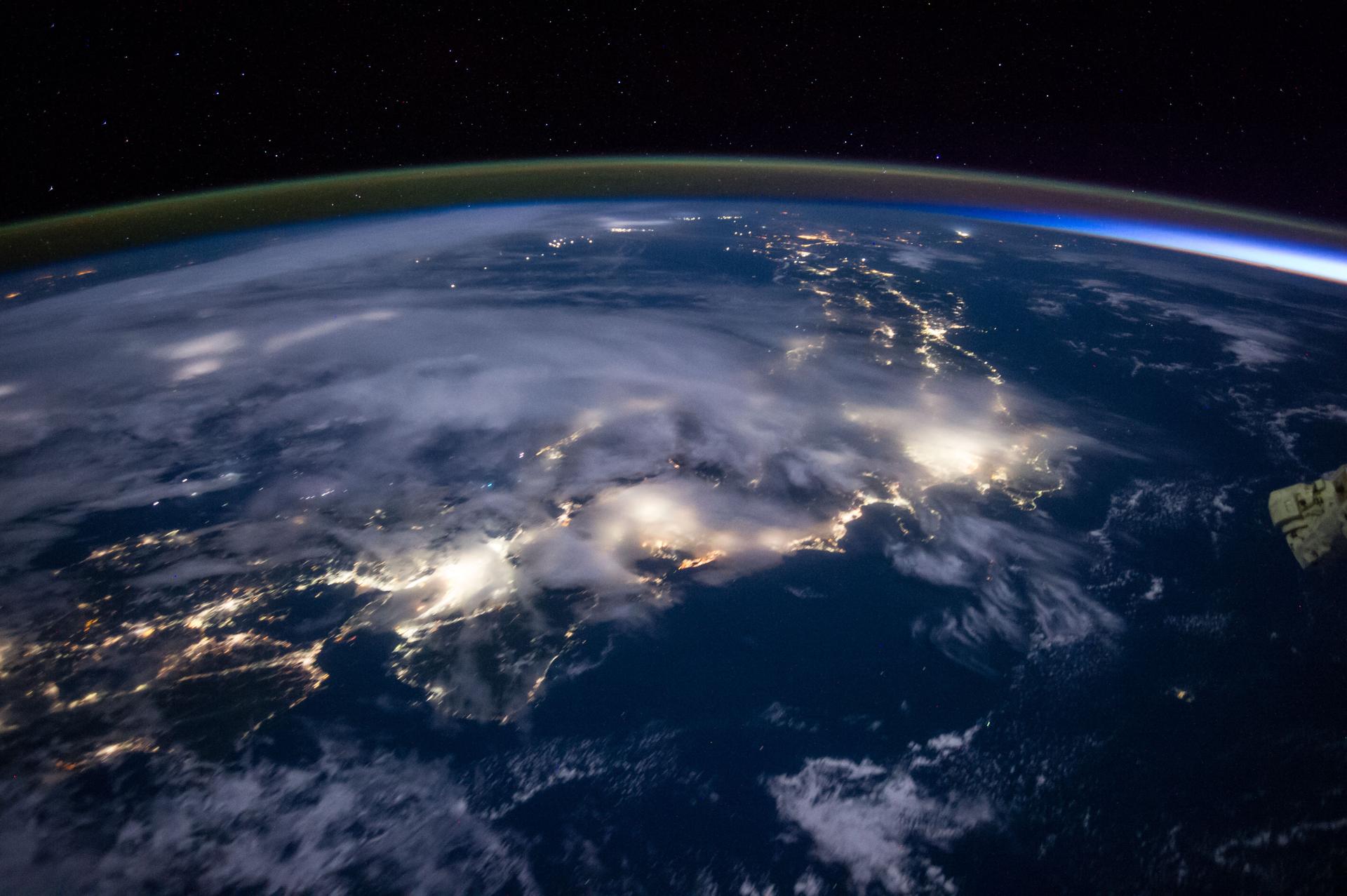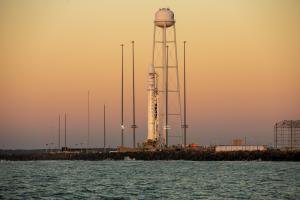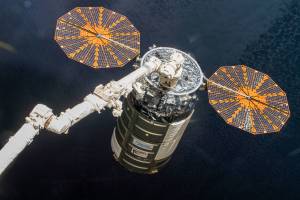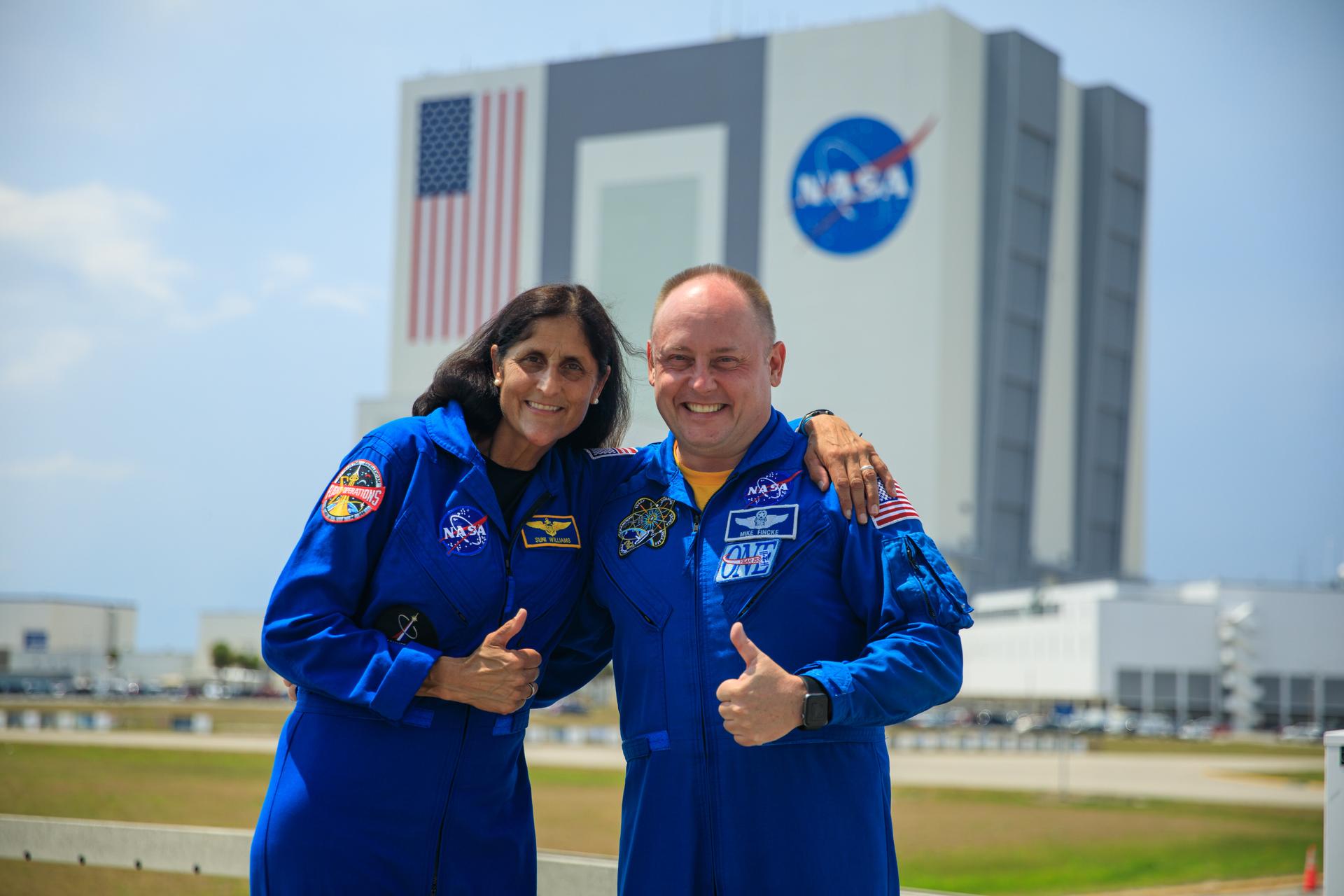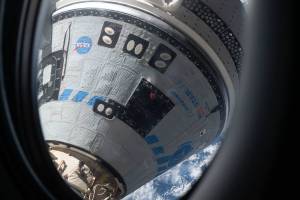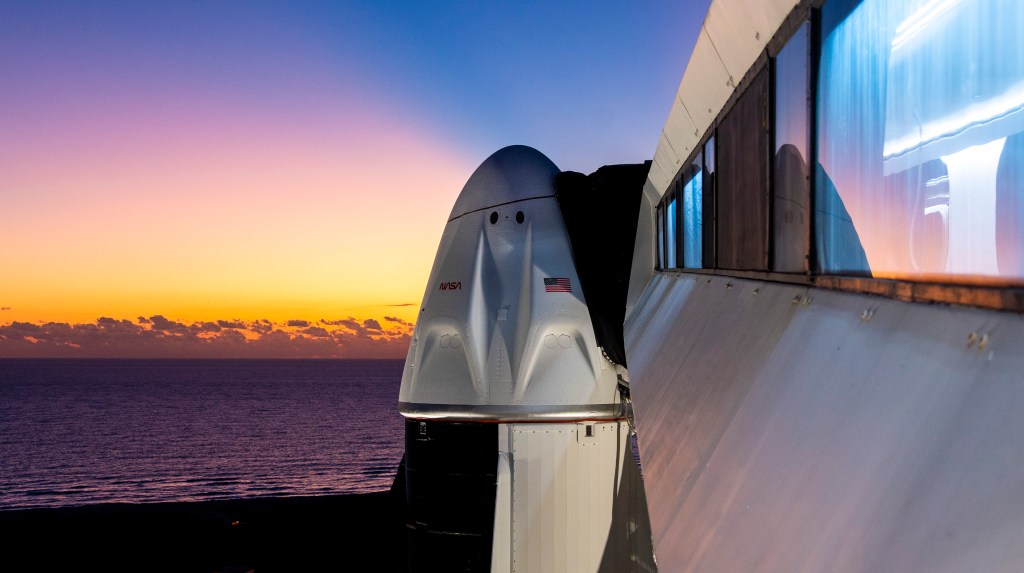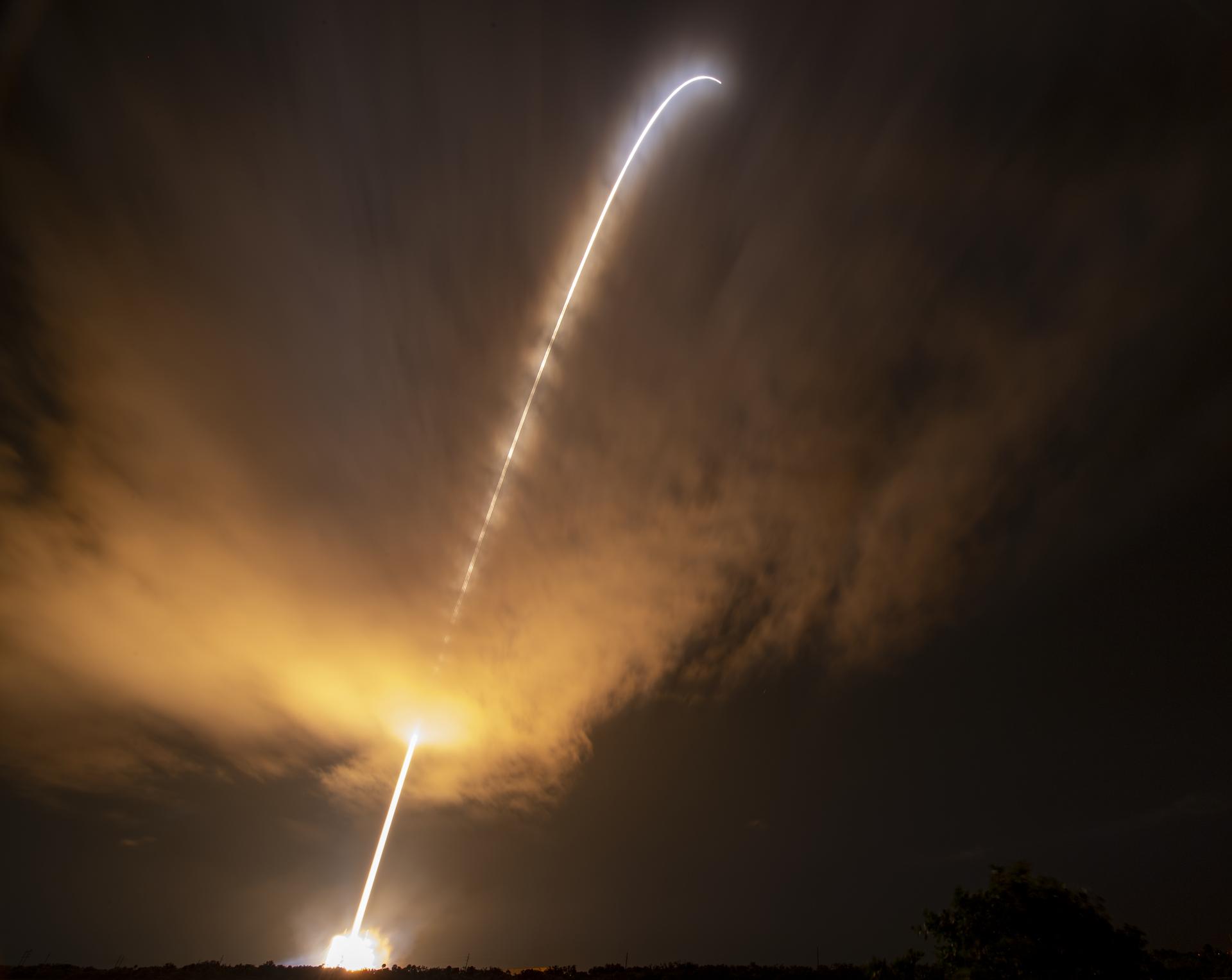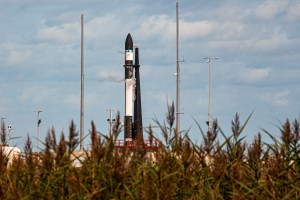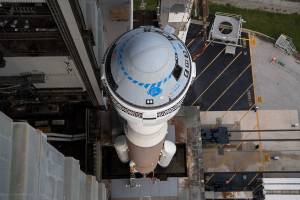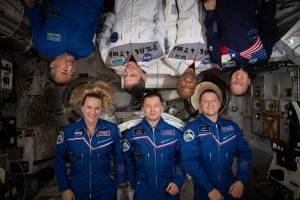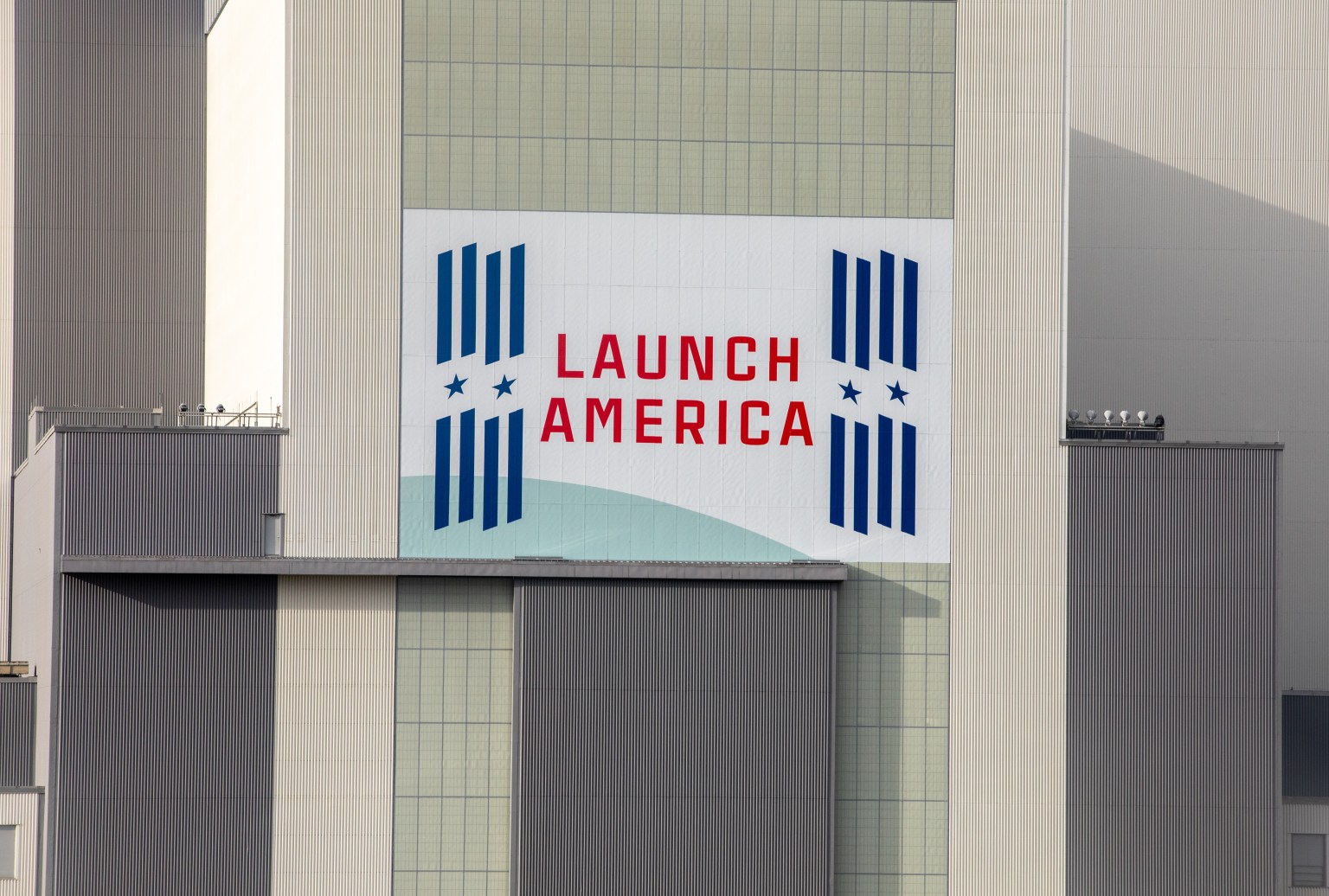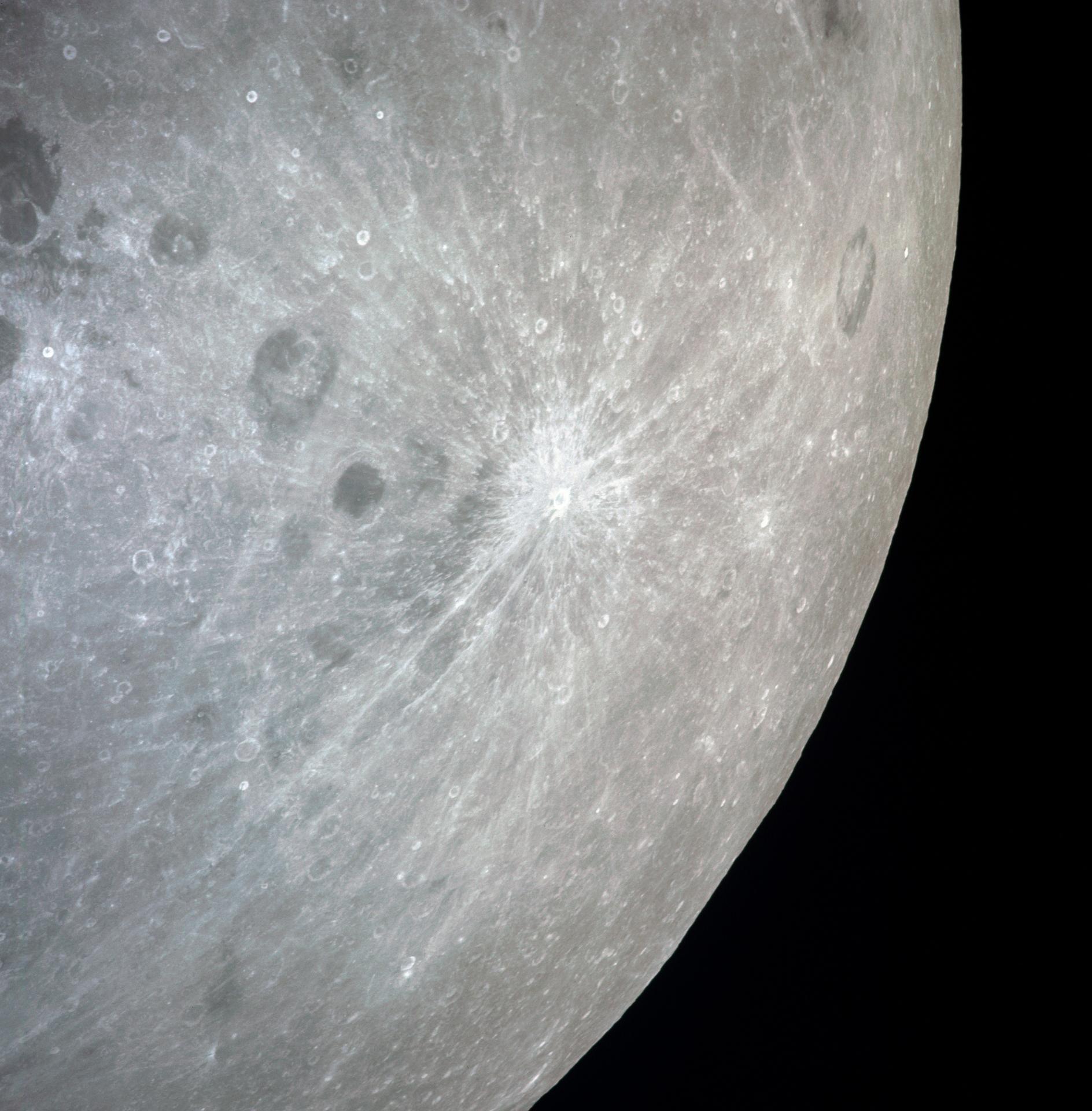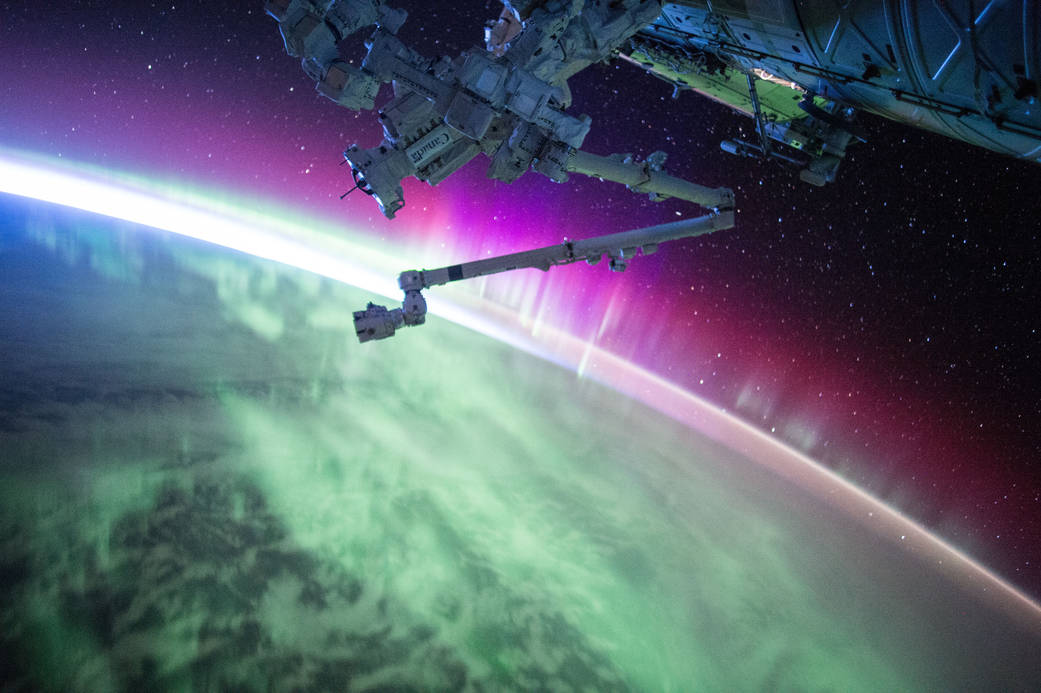
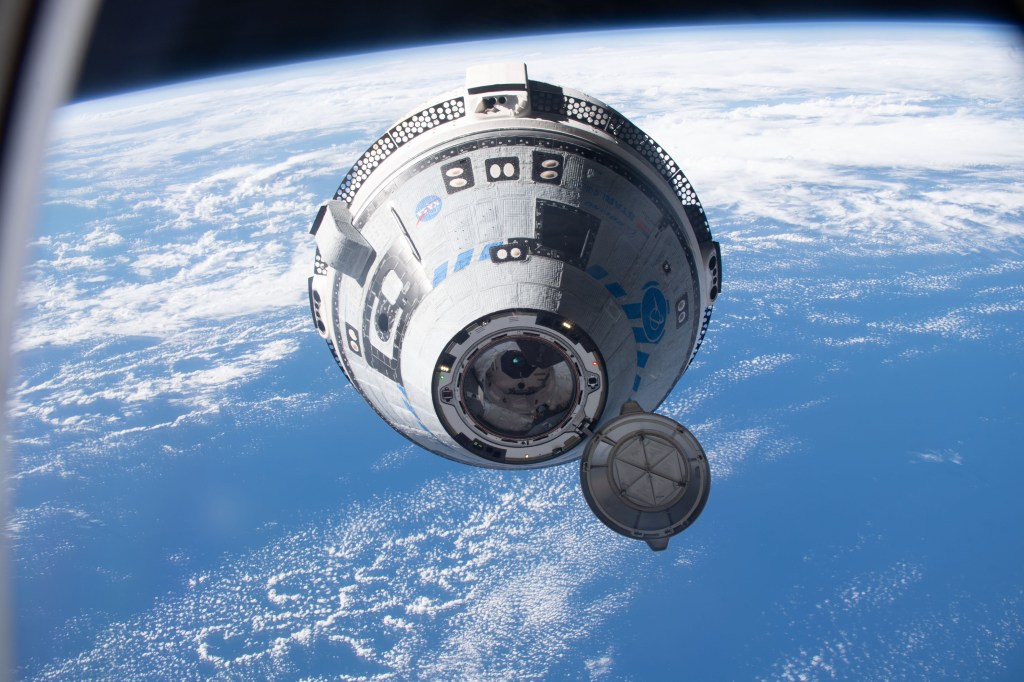
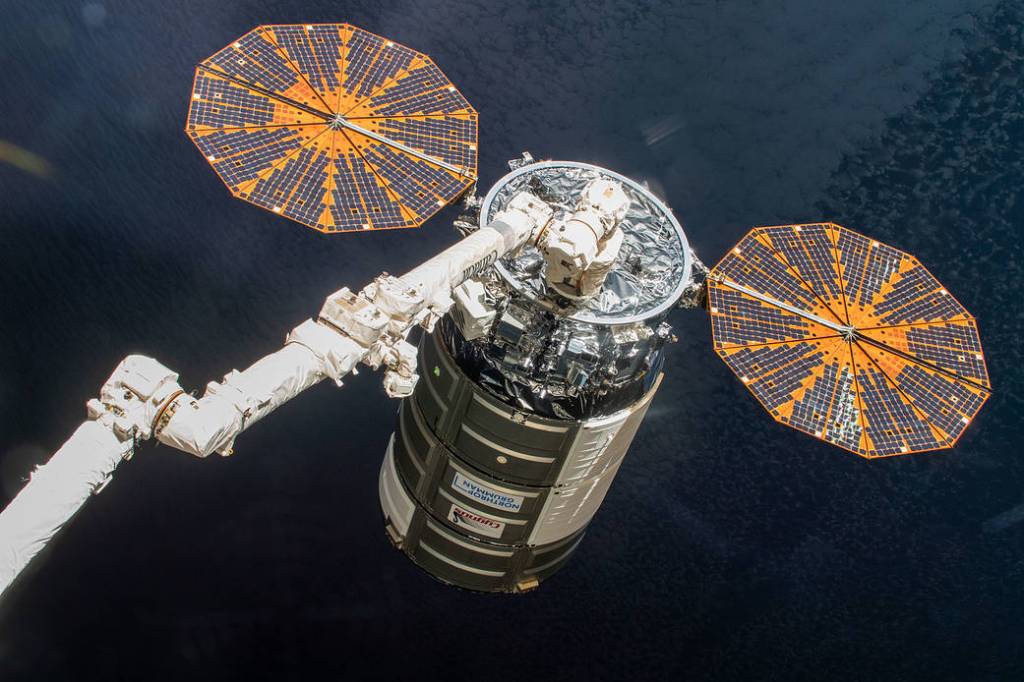
The Low Earth Orbit Economy
The low Earth orbit economy is a new and growing market of private companies providing access to, and services in, space. Customers include NASA, other government agencies, academic and research-based institutions, and other private companies.
Location
Low Earth orbit is 1,200 miles or less above Earth’s atmosphere.
Did you know?
51 humans have flown on commercial vehicles to low Earth orbit.
DID YOU KNOW?
2020 was the year of the first crewed flight on a commercial vehicle to the space station.
in the future
NASA is currently funding three companies to develop commercial space stations.
About
What is the Commercial Low Earth Orbit Economy?
One of NASA's strategic goals is to “develop a human spaceflight economy enabled by a commercial market.”
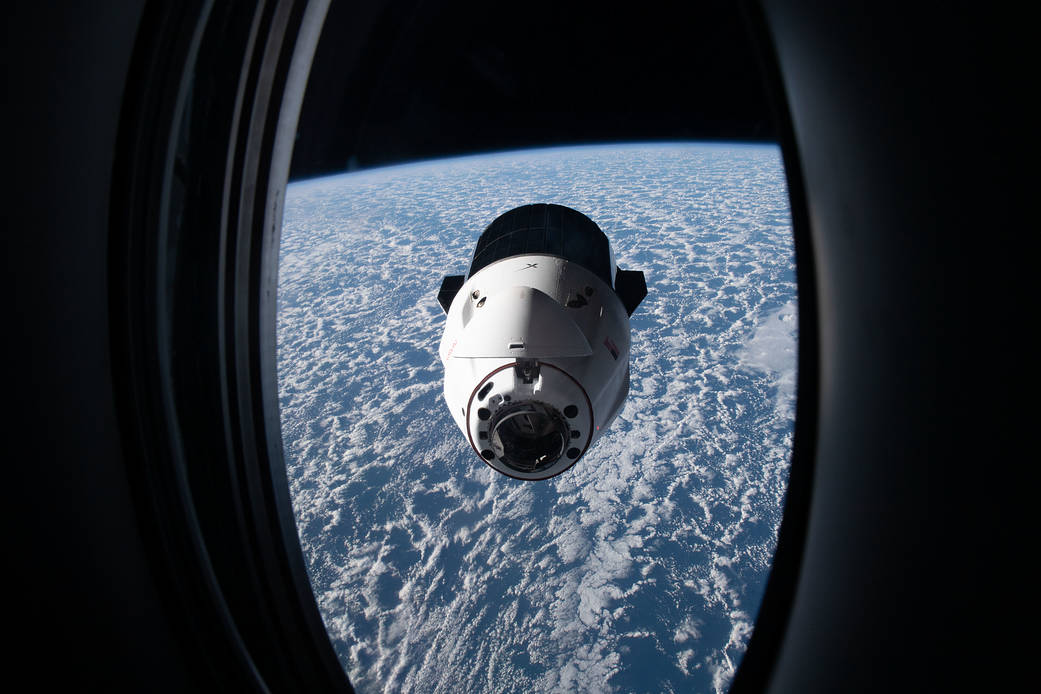
Ride to the Moon?
Human Landing Systems
Bringing astronauts from orbit around the Moon onto lunar soil
NASA’s commercial providers, Blue Origin and SpaceX, are building the human landing systems that will carry Artemis astronauts to the lunar surface and back to lunar orbit for their ride home to Earth aboard Orion.
Commercial Human Landers about Human Landing Systems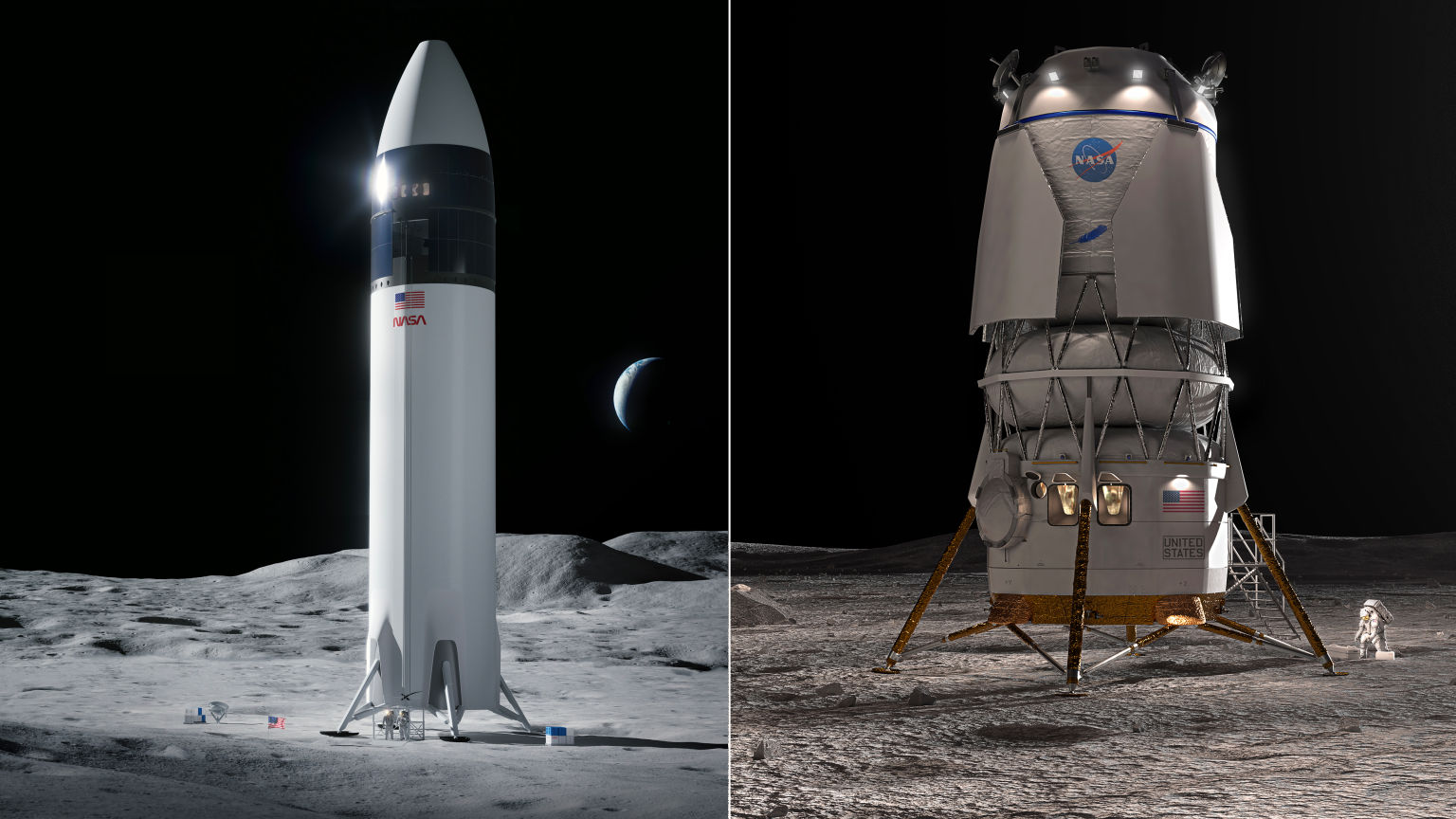
How NASA’s Work Led to Commercial Spaceflight Revolution
For more than 60 years, NASA has pushed the boundaries of human exploration for the benefit of all, and now…
Read the Story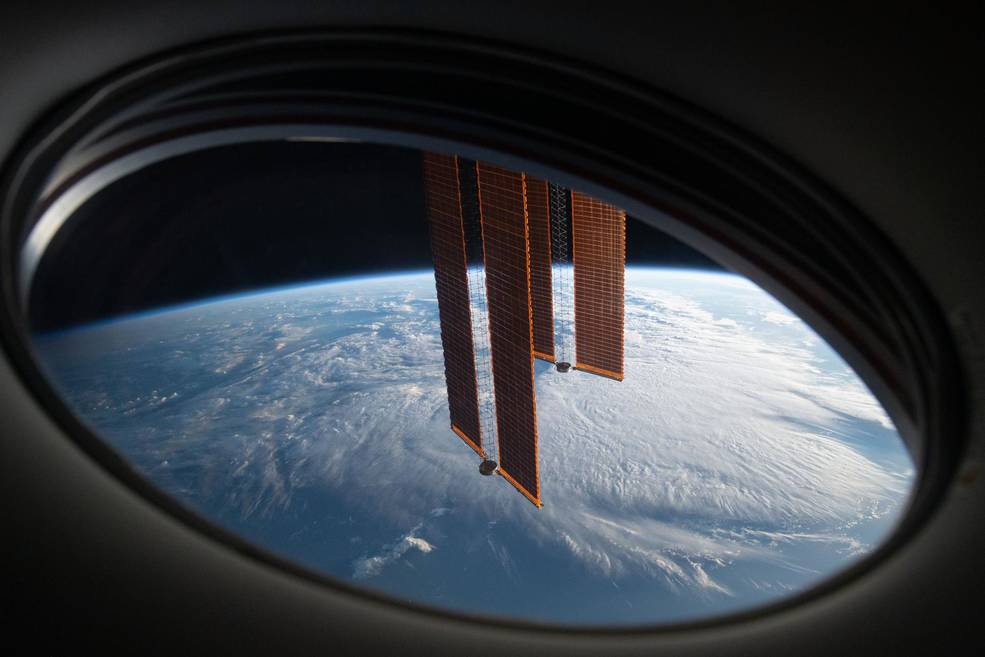
FAQs
Commercial Space Frequently Asked Questions (FAQs)
Do you have questions? We have answers!
Learn more about low Earth orbit, legal, private astronaut missions, and commercial low Earth orbit partnerships through answers to a variety of frequently asked questions.
View FAQs about Commercial Space Frequently Asked Questions (FAQs)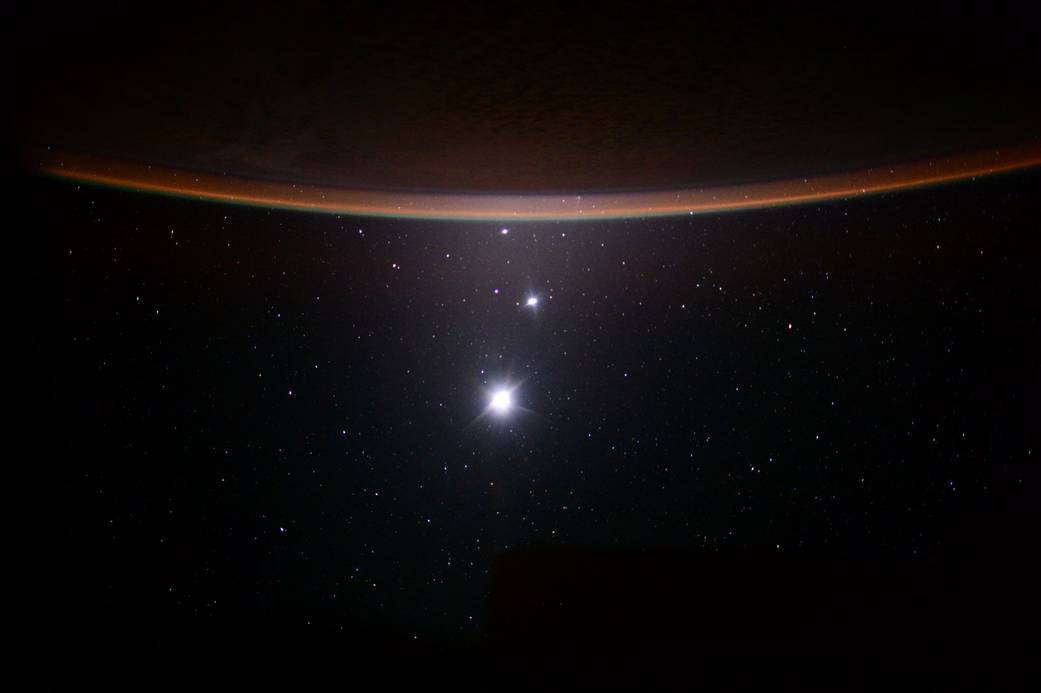
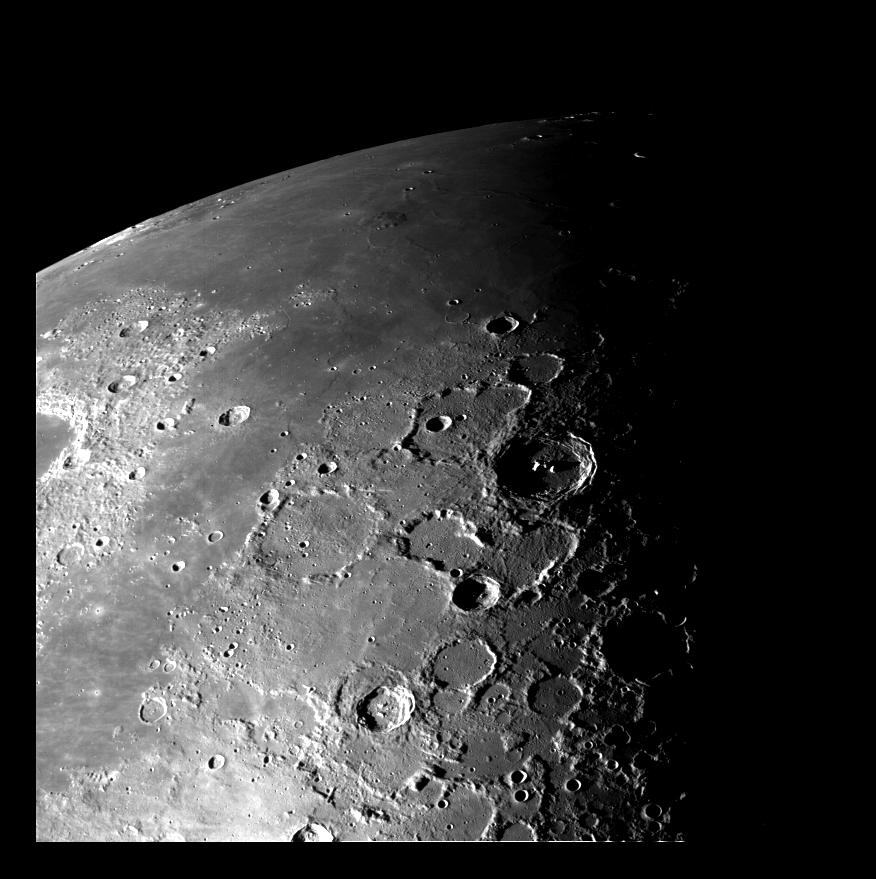
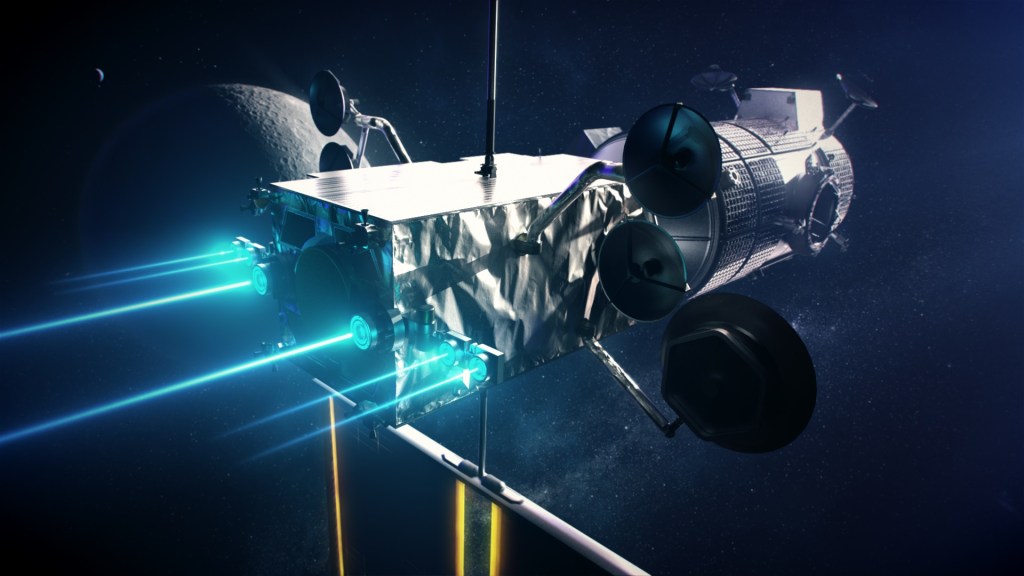
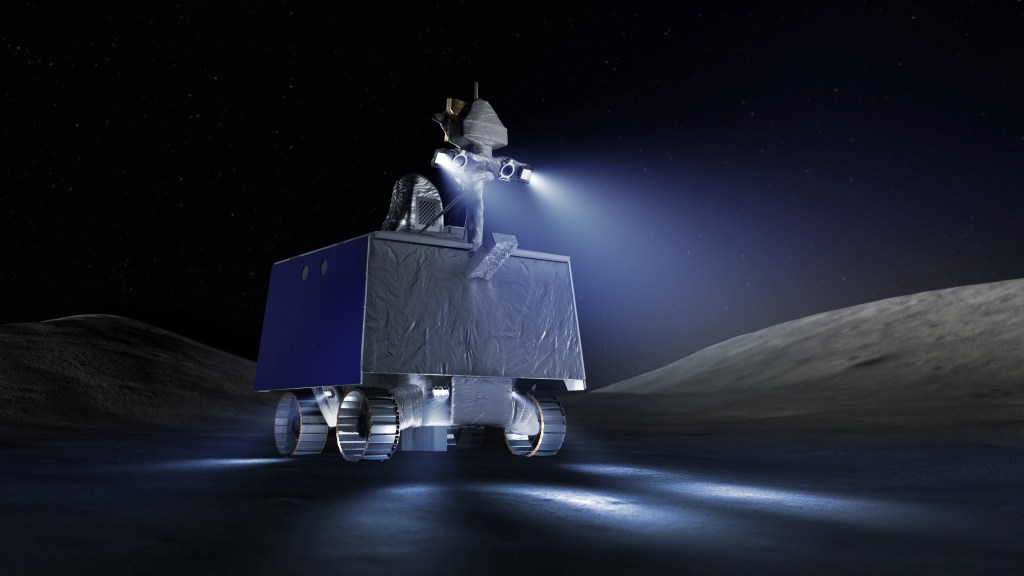
The Lunar Economy
NASA is leading Artemis, humanity’s return to the Moon. With international partners and U.S. industry providers, the future at the Moon holds promise for a robust lunar marketplace.
Location
Earth’s Moon
Formed
4.5 billion years ago
DISTANCE
250,000 miles from Earth
About
Commercial Lunar Payload Services
NASA is working with several American companies to deliver science and technology to the lunar surface through the Commercial Lunar Payload Services initiative.
These companies, ranging in size, bid on delivering payloads for NASA. This includes everything from payload integration and operations, to launching from Earth and landing on the surface of the Moon. Under Artemis, commercial deliveries beginning in 2023 will perform science experiments, test technologies, and demonstrate capabilities to help NASA explore the Moon as it prepares for human missions.
Commercial Lunar Payload Services about Commercial Lunar Payload Services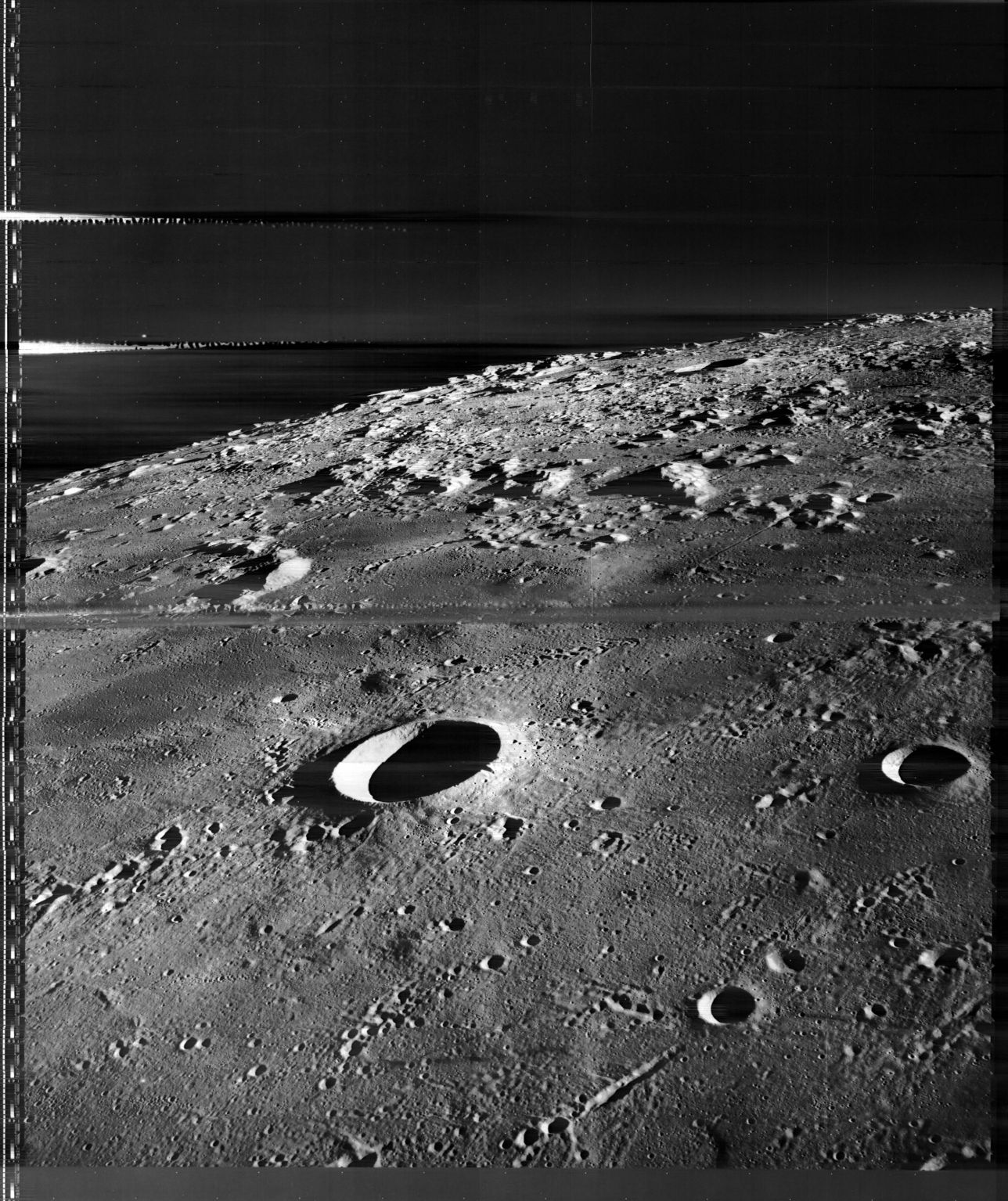
What Is a Spacesuit?
A spacesuit is much more than a set of clothes astronauts wear on spacewalks. A fully equipped spacesuit is really…
Read the Story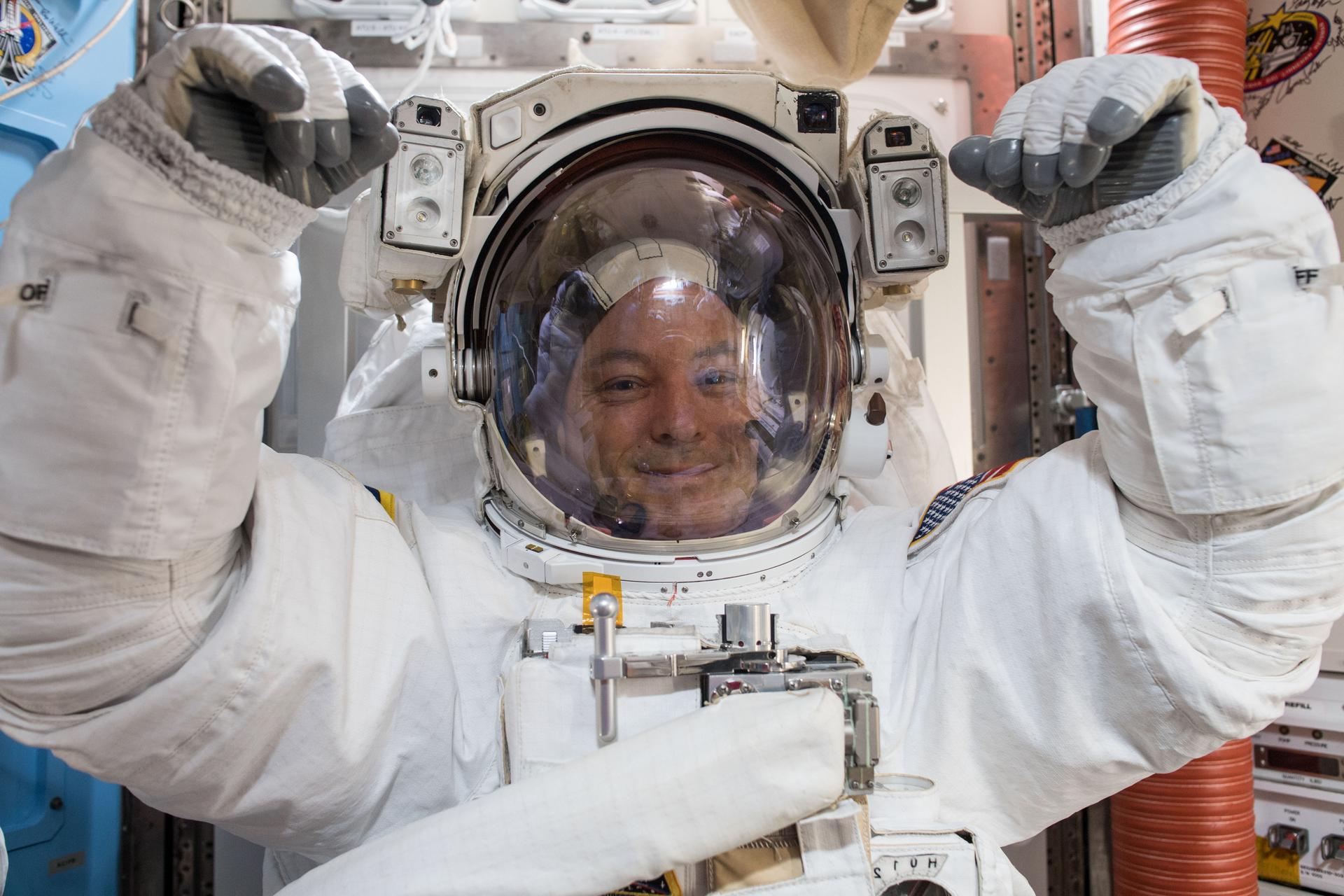
Commercial Space News
Stay up-to-date with the latest content from NASA as we explore the universe and discover more about our home planet.

NASA recently welcomed more than 50 commercial food and commercial space companies to learn about the evolving space food system…
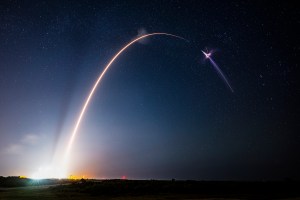
Following a successful launch of NASA’s SpaceX 31st commercial resupply mission, new scientific experiments and cargo for the agency are…

After spending 235 days in space, NASA’s SpaceX Crew-8 astronauts will discuss their science mission aboard the International Space Station…



























